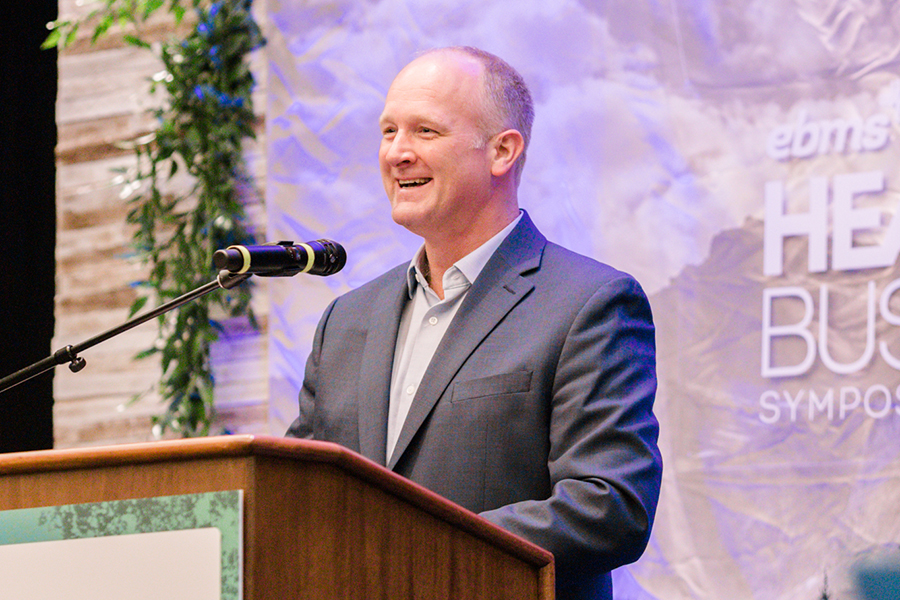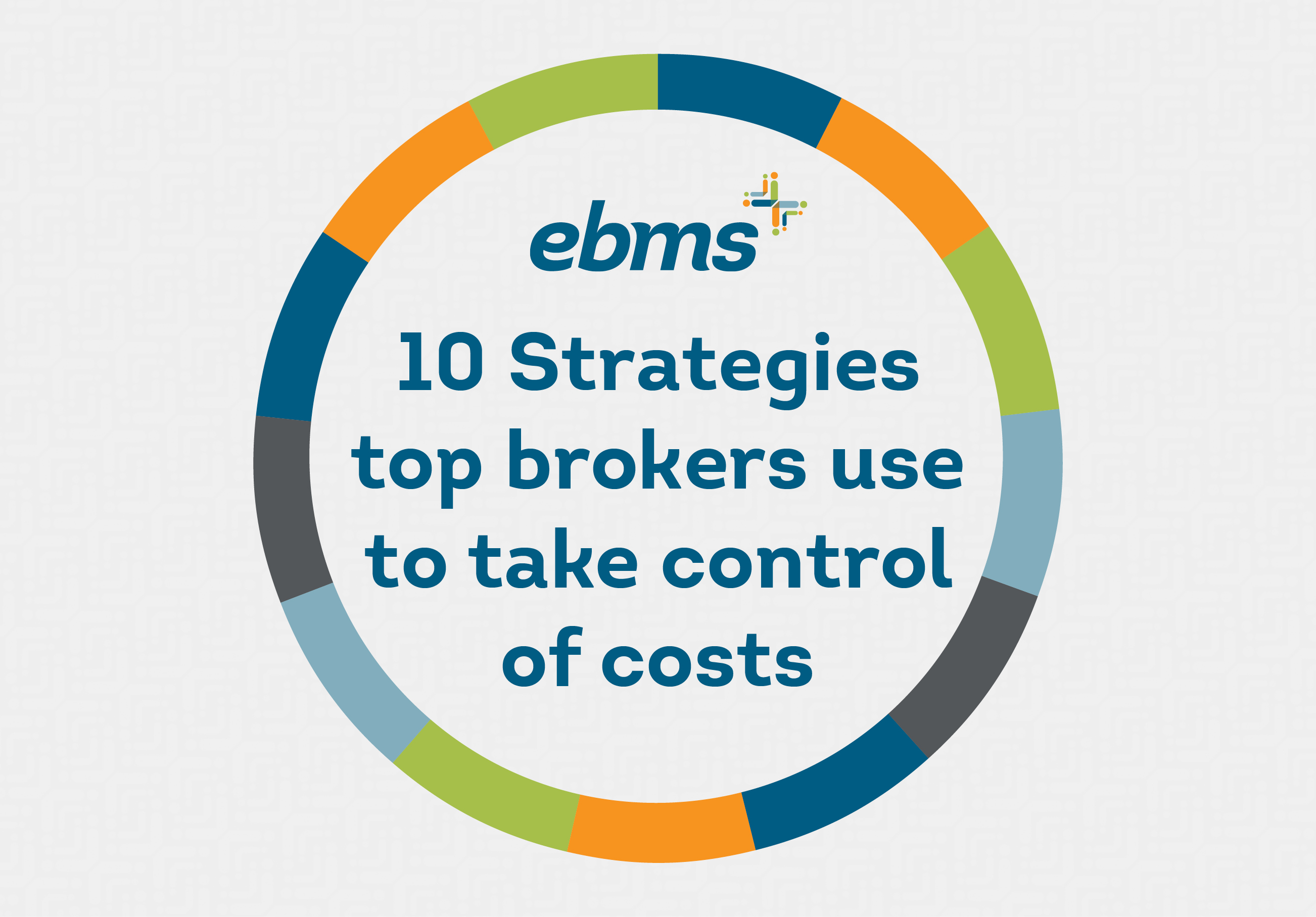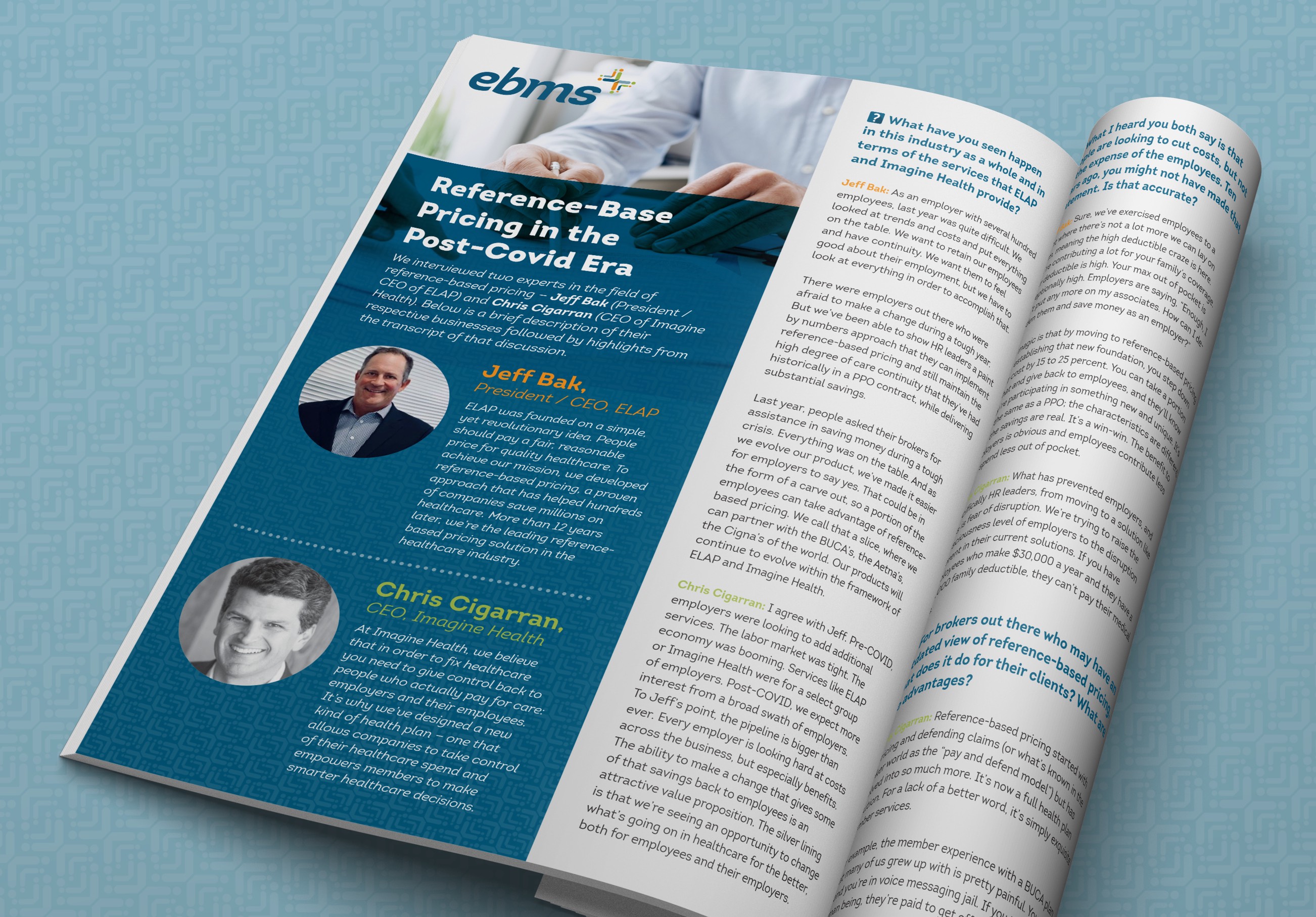Cutting the Gordian Knot: Finding True Balance in Self-Funding
July 30th, 2019

Presented by Dr. Andrew Murray, chief medical officer for EBMS, at the 2019 EBMS Health & Business Symposium
In this inspiring presentation, Dr. Murray described how our traditional healthcare system is failing its stakeholders, and how self-funded plans can overcome those failures through a “True Balance” approach.
Dr. Murray first explored the factors driving up medical costs, then examined each one with an eye toward pulling out a “takeaway” point that self-funded systems can use to their advantage.
True Balance involves finding innovative ways to juggle competing interests in healthcare. The three things every plan strives to balance are:
- Ways to improve care
- Ways to simplify the process
- Ways to reduce costs
Pursuing any one of things too aggressively means losing sight of True Balance. For example, when we focus only on reducing cost – through strategies like eliminating services or restricting formularies – quality of care can decline, along with patient outcomes and member satisfaction.
The True Balance approach applies a variety of strategies that lead to appropriate care, which drives better outcomes for members at a lower cost to employers.
Dr. Murray explained his vision for achieving True Balance in any plan, by making plan decisions proactively and employing innovative models of care delivery. This requires a new way of thinking and a new set of tools. Above all else, it requires rethinking the old reliance on traditional PPOs. Instead, Dr. Murray described how plans can curate a hyper-local care network composed of the best access points within a community.
At the end of his presentation, Dr. Murray walked us through the journey of a fictitious patient named Sally, showing how a balanced care delivery system can improve her experience and bring about cost savings and healthy outcomes. This allowed the audience to better understand the value of the True Balance approach.




